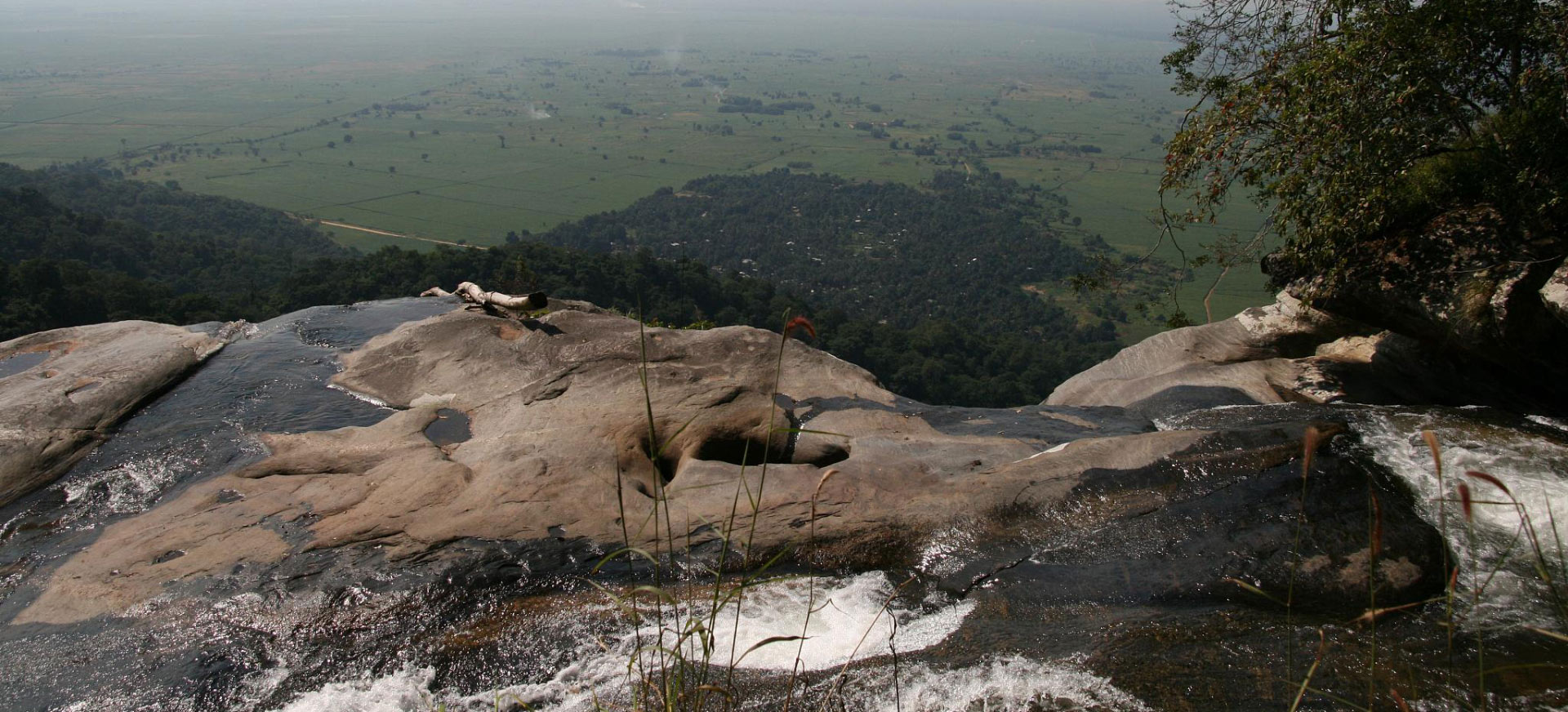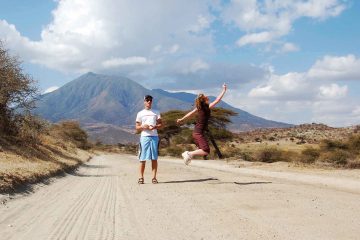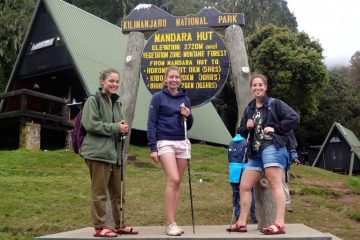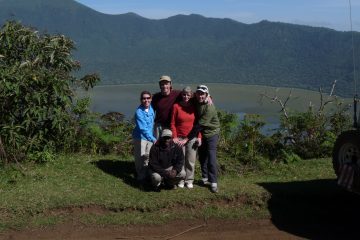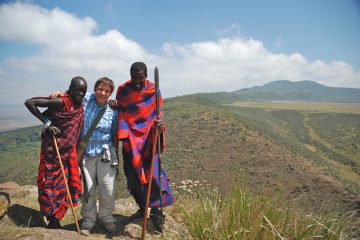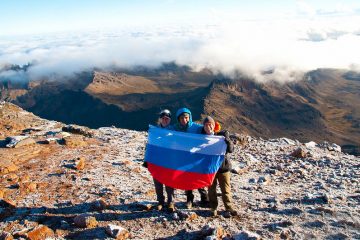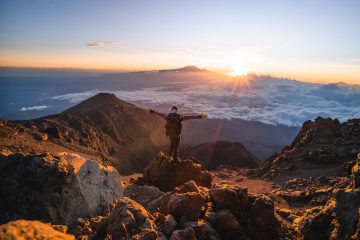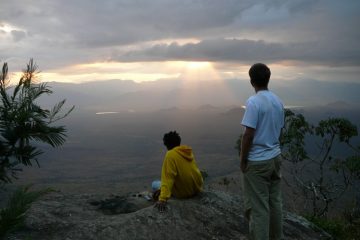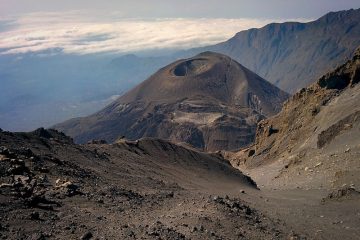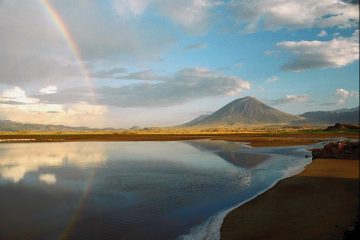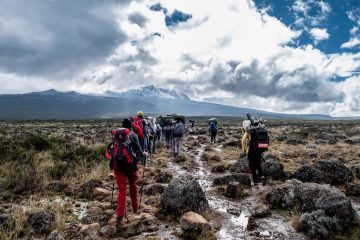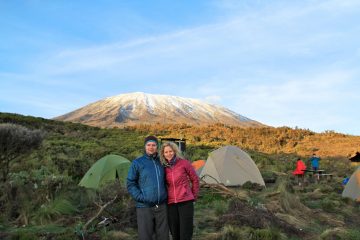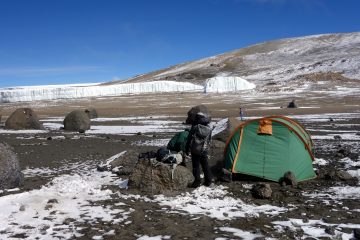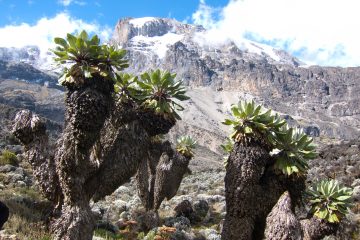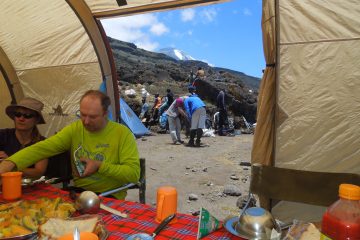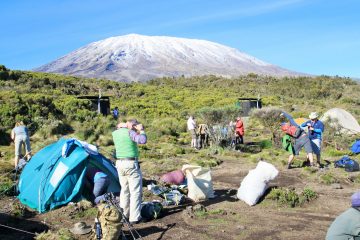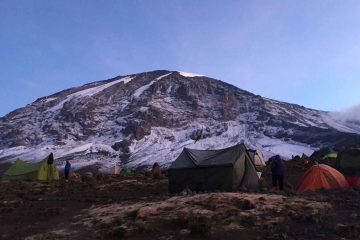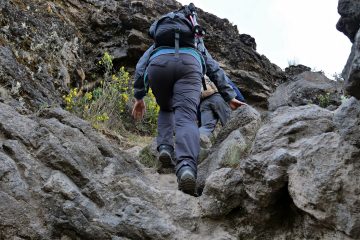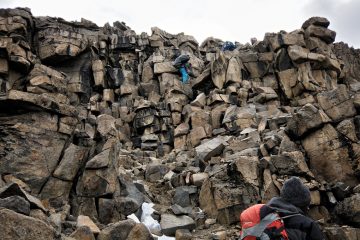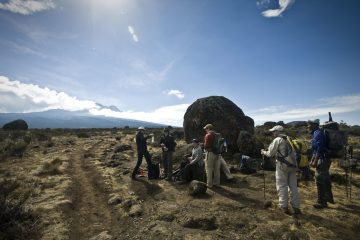Because the park has no roads and is only accessible by foot, tourism in the Udzungwa Mountains is centered on hiking and trekking. The hiking paths range in complexity from the easy one-hour Sonjo excursion to the highly tough Lumemo Trail, which is a 6-day camping expedition. The Sanje Waterfalls path, which takes around four hours to complete and gives visitors access to the spectacular 170 m cascade as well as bathing in the waterfall plunge pools, is the most popular trek.
Because there are no lodges inside the park’s boundaries, guests may only stay by camping. There are a few of local guesthouses in the surrounding village of Mang’ula that offer a cheap choice.
Udzungwa is the largest and most diverse, with a chain of a dozen enormous forest-swathed mountains rising magnificently from eastern Tanzania’s flat coastal scrub. This island of isolated massifs, known collectively as the Eastern Arc Mountains, has been termed the African Galapagos for its treasure trove of rare flora and animals, the most well-known of which is the exquisite African violet.
The woods of Udzungwa are brooding and primeval, a green retreat of sunshine-dappled glades surrounded by 30-meter (100-foot) towering trees, their buttresses coated with fungus, lichens, mosses, and ferns.
Among the ancient ranges of the Eastern Arc, only Udzungwa has been designated as a national park. It’s also unusual in Tanzania since its closed-canopy forest stretches uninterrupted from 250 meters (820 feet) to over 2,000 meters (6,560 feet).
Udzungwa attracts hikers despite not being a traditional wildlife viewing area. The famous half-day hike to Sanje Waterfall, which plunges 170 meters (550 feet) into the wooded valley below, is part of an outstanding network of forest paths.
The two-night Mwanihana Trail climbs to the high plateau, which offers panoramic views of the surrounding sugar fields, before rising to Mwanihana peak, the range’s second-highest point.
Ornithologists go to Udzungwa because of its bird diversity, which includes over 400 species ranging from the beautiful and easily found green-headed oriole to more than a dozen elusive Eastern Arc endemics.
The forest partridge, originally identified in 1991 and more closely linked to an Asian genus than any other African fowl, is one of four bird species unique to Udzungwa.
The Iringa red colobus and Sanje Crested Mangabey, two of the six primate species reported, are found nowhere else on the planet – the latter, incredibly, was unnoticed by scientists until 1979.
Without a doubt, this vast forest has yet to unveil all of its secrets: continuous scientific research will undoubtedly add to its rich collection of endemics.
Waterfalls and hiking the Udzungwa Mountains
Everything in Udzungwe Mountains National Park centers around hiking, trekking, and climbing because the park has no roads and is only accessible by foot.
Beautiful hikes ranging in length and complexity are available in the park, ranging from one hour to multi-day and hard treks deep into the mountains.
For fans of pristine nature, birds, butterflies, and lush forest, the Udzungwa Mountains are a must-see. The guide recounts intriguing anecdotes about the (medicinal) uses of trees and plants along the path.
The 4 hour journey to the top of the beautiful Sanje waterfalls is the most popular (170 m). Swimming is permitted in the waterfall plunge pools.
Udzungwa Village Walks
Mang’ula is a lovely Tanzanian settlement in the countryside. The town is situated at the foot of the Udzungwa Mountains, where the soil is rich in nutrients. Throughout the year, the mountains provide plenty of water. The village center, like other villages, is a tangle of little Dukas (shops), mechanic workshops, rice mills, and bright market booths. The vibrant commercial fronts, red soil of rough roads, and brilliant forest green of the mountains in the background define this location.
When you get off the main road, life becomes slow, gloomy, and rustic. The scene is dominated by children playing and cyclists. While mowing corn or sorting rice, women deliver the daily news to their neighbors.
Mountain Biking
From Hondo Hondo Tented Camp, you can enjoy superb mountain biking tracks. Although there are no trails in the National Park, the valley has several great biking spots with a variety of attractions.
Cycling can be combined with other activities such as a village tour, a visit to a rubber plantation, or a canoe trip.
In the Kilombero valley, freestyle is also accessible via sugar plantations, small shamba (farms), and open wilderness. Cycling is normally simple due to the valley’s flat terrain. However, certain parts can be rather damp, so be ready for a muddy adventure!

